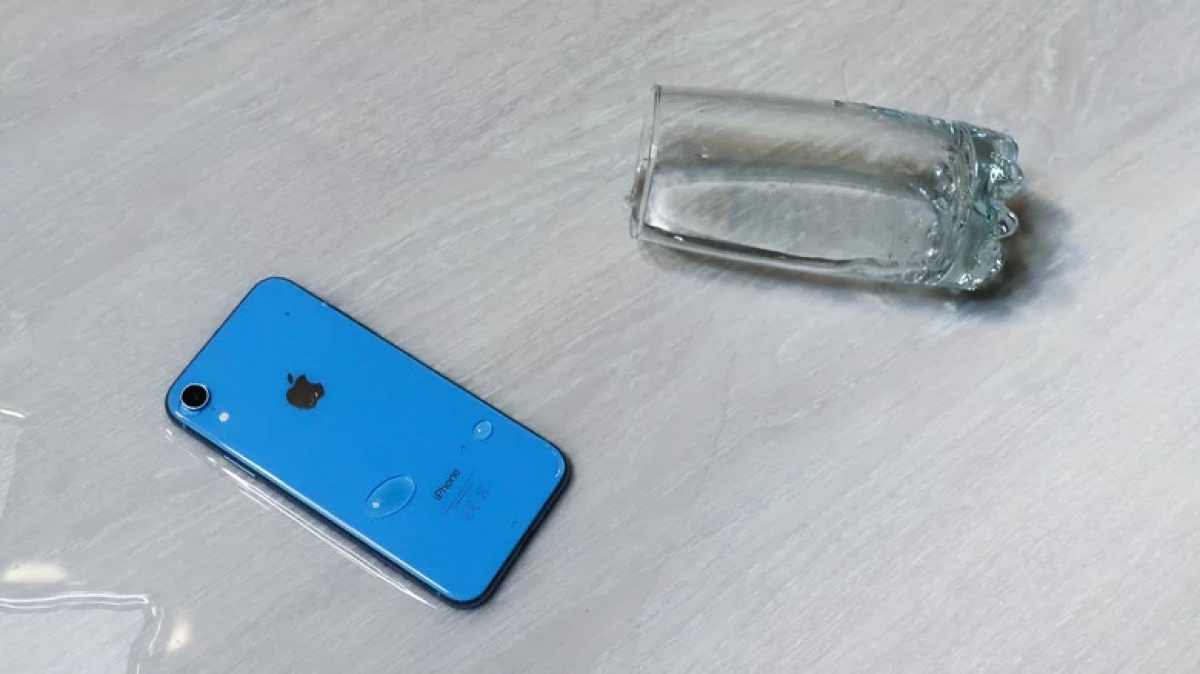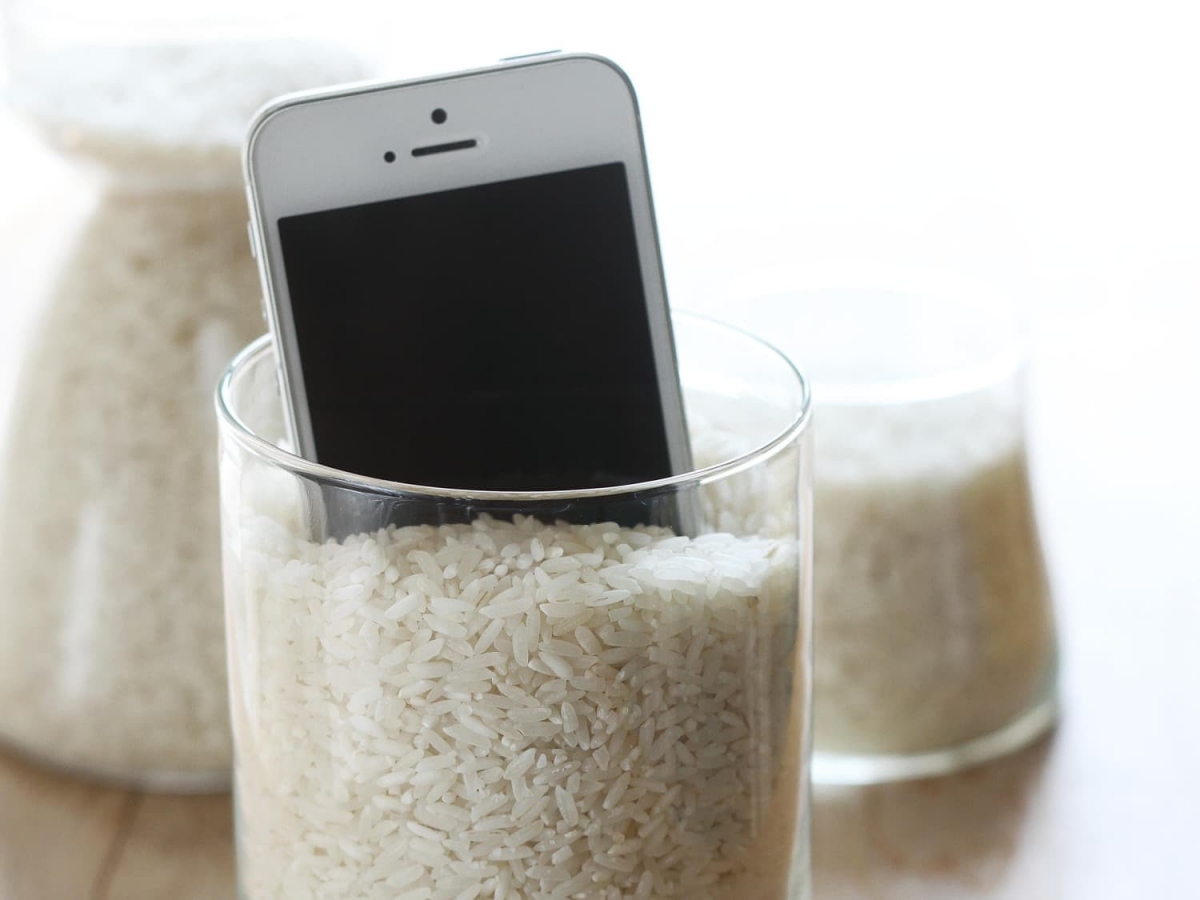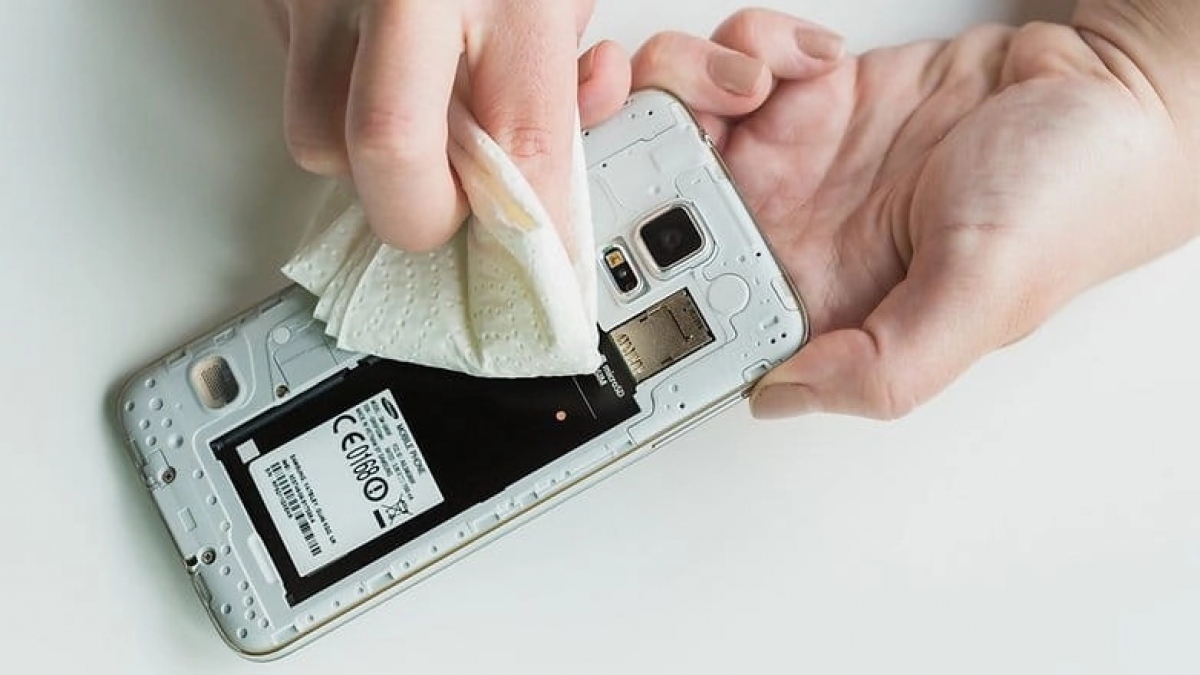Most phone users know that keeping their devices away from water is a must. However, there are times when mobile phones get wet due to unforeseen accidents. All smartphones, whether water-resistant or not, can face this issue.
Most people misunderstand “water-resistant” as “waterproof,” which can be a costly mistake. In reality, even the most water-resistant phones on the market can only withstand exposure to water to a certain extent for a short period before starting to malfunction and break down.

Thankfully, water-damaged devices can be repaired if you act correctly and quickly.
Is putting your phone in rice a viable option?

While rice absorbs water well, it cannot extract all the moisture inside the phone; even a small amount of water can corrode and damage your components. Additionally, rice, a starchy food, can easily stick to your headphone jack, charging port, and other connections after absorbing water, worsening the damage.
USA Today conducted an experiment to test the usefulness of rice in this matter. They found that rice dries phones slower than leaving the device out in the open, although both methods are insufficiently effective. After 48 hours of being submerged in rice, only 13% of the water was absorbed, which is enough time for the liquid to cause permanent damage. So what should users do if rice is not a good option?
Turn off the device immediately and do not turn it back on.
With its dissolved ions, water conducts electricity very well. Therefore, water will react with the electric current inside the device and short-circuit important circuit boards. The first thing to do is to turn it off immediately and not turn it back on until it is completely dry. This may mean not using the phone for up to 48 hours, which sounds inconvenient, but it is necessary if you want to save your smartphone.
Remove as much water as possible.

Using a hairdryer might seem like a good idea, but it can actually do more harm than good. The airflow can push moisture deeper inside, and the heat can damage the device’s components. For this reason, you should also not place the wet phone under direct sunlight.
Instead, gently shake the phone to remove water from all the ports and wipe it clean with a dry microfiber cloth. Next, disassemble as many parts as possible, including the protective case, SIM card, SD card, and battery (if removable). Clean them and air them out in a cool place. However, do not unscrew the device, as this may cause complex damage and void the product’s warranty.
To speed up the process, you can place the phone near a window, fan, or vent. Another option is to bury your phone in a sealed box filled with desiccant packets (also known as silica gel). These absorb moisture better than rice, making them much more beneficial for your phone.